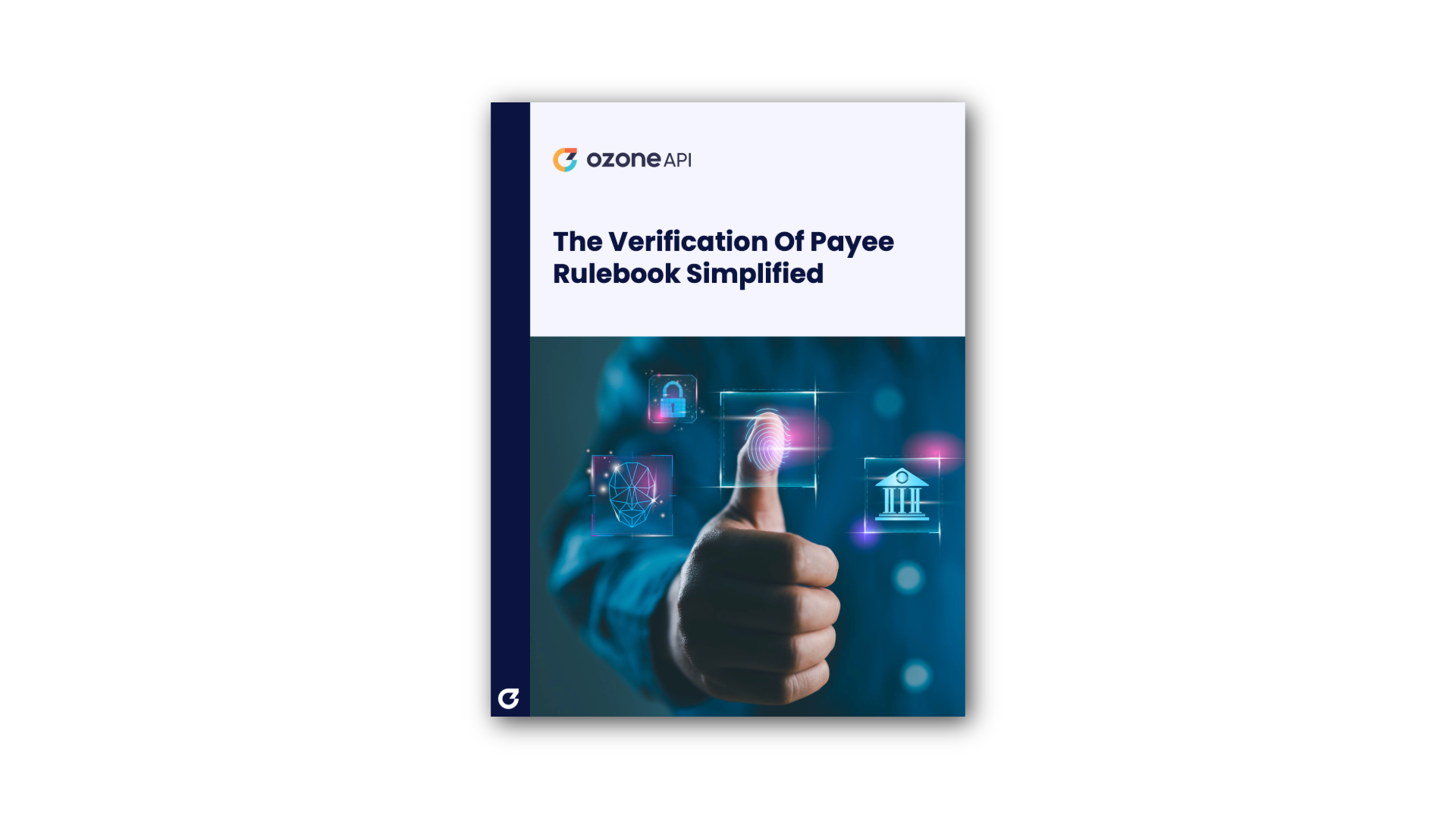Open finance is transforming the landscape of personal finance, making it easier than ever for young adults to manage their money. They may be moving away from home, going to university, or starting their career, whatever life choices they’re considering, mastering their finances is essential, and open finance is enabling them to do so.
By leveraging innovative technologies and data-sharing frameworks, open finance provides valuable tools and insights that empower individuals to make informed financial decisions. Here we explore how open finance is simplifying financial management for young adults and helping them achieve their financial goals.
Understanding Open Finance
Open finance refers to the use of APIs (Application Programming Interfaces) to facilitate the secure sharing of financial data between banks or financial institutions and third-party applications. Open finance APIs allow apps to connect to specified bank accounts to download transactions, check balances, or make payments. This technology enables seamless integration of various financial services, allowing users to access and manage their finances from a single platform.
By aggregating data from multiple accounts into one place, open finance offers a comprehensive view of a young person’s financial situation, paving the way for better financial planning and decision-making.
The Benefits of Open Finance for Young Adults
- Centralised financial management: Open finance consolidates financial information from different accounts, providing a unified view of income, expenses, and savings. This holistic perspective helps young adults to understand their financial health and make strategic decisions.
- Enhanced financial insights: With open finance, young adults can access detailed insights into their spending habits and cash flow. Apps like Cleo use open finance to provide personalised financial advice, helping users to identify areas for improvement and optimise their budgets.
- Improved credit management: Building a credit history is crucial for accessing financial products in the future. Open finance allows users to share their financial data with credit agencies, improving their credit scores.
- Automated savings and investments: Open finance supports automated financial management features, such as round-up savings and investment contributions. Apps like Moneybox leverage open finance to transfer spare change into savings accounts or investment portfolios, helping users grow their wealth effortlessly.
Steps for Young Adults to Harness the Power of Open Finance
Step 1: Understanding their finances
Young adults should start by gaining a clear understanding of their current financial situation. Open finance tools provide detailed reports on income, expenditures, and account balances, enabling them understand and assess their spending in a much deeper way than a quick check of their bank account.
Additionally, sharing banking data with organisations like Experian can boost credit scores and help young adults to qualify for credit cards or loans more easily. For those without a credit history, companies like Monese can help build one using open finance data, helping them to access credit cards or other sources of funds for something they would otherwise need to save up for in cash.
Step 2: Educating themselves
To maximise the benefits of open finance, young adults need to educate themselves about personal finance. Online resources and financial education platforms like Investopedia and Khan Academy offer free tutorials on various financial topics. Many open finance apps also offer educational content tailored to users’ financial data.
For young adults heading to university, The Money Charity offer a very valuable resource called The Student Money Manual which covers everything from budgeting to student finance and fees, helping student make their money stretch further.
Some young adults might already have a better understanding of money due to app-based banking products like GoHenry and Startling Kite, but truly understanding one’s financial situation involves recognising the implications of financial goals. Whether it’s saving for a house, buying a car, or starting to invest, there are many online resources and courses available to build this knowledge. It’s also important to seek advice from trusted sources, such as parents or financially-savvy friends.
Step 3: Setting financial goals
Defining financial objectives using the SMART criteria (Specific, Measurable, Achievable, Relevant, and Time-bound) can help young adults focus their efforts. Open finance applications assist in tracking progress towards these goals, providing real-time updates and actionable insights.
For example, if a young adult is constantly at their overdraft limit, they can use open finance insights to reduce spending and chip away at the overdraft. Setting and achieving these goals is one of the most powerful benefits of open finance, allowing for decisions based on the reality of one’s financial situation rather than guesswork.
Step 4: Taking action
Implementing a financial plan is crucial. Young adults can leverage open finance tools to monitor their finances across multiple accounts, identify savings opportunities, and manage expenses efficiently. For international travel, services like Curve and Zing help minimise foreign exchange fees and optimise spending. For instance, round-up features can move spare change into savings accounts or ISAs through apps like Moneybox, helping save a little over the long term.
Money management tools like Snoop can supercharge financial plans, offering more control and a greater chance of achieving financial goals.
The Future of Financial Management
Open finance is revolutionising the way young adults manage their money, offering unprecedented access to financial data and tools. For tech-savvy, phone-first individuals, open finance perfectly aligns with their digital lifestyles. By embracing this technology, young adults can achieve greater financial stability and reach their goals more effectively.
Young adults are particularly well-positioned to take advantage of open finance due to their familiarity with technology and comfort with digital tools. The seamless integration of financial data with intuitive apps allows them to stay on top of their finances with ease. As open finance continues to evolve, it will undoubtedly play a pivotal role in shaping the future of personal finance, providing young adults with the tools they need to navigate their financial futures confidently and efficiently.






